Yoga is a practice that connects the breath, body, and mind. It uses breathing exercises, meditation, and physical postures to improve overall health. Yoga was improved as a spiritual practice thousands of years ago. Today, most Westerners do yoga for exercise or to reduce stress.
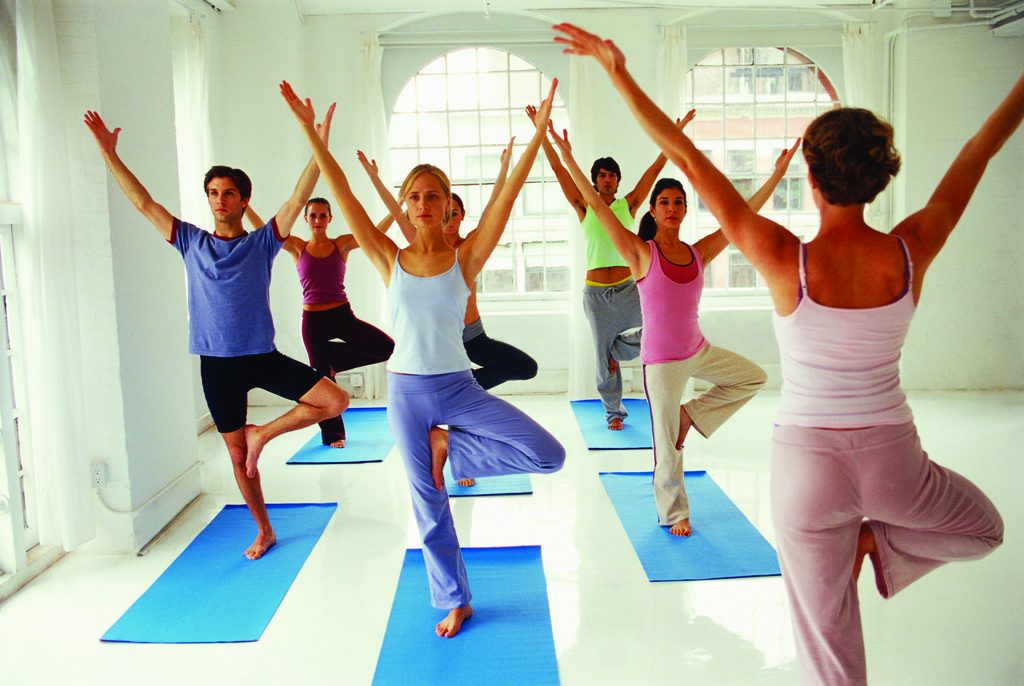
Benefits of Yoga
Yoga can improve your overall fitness level and improve your flexibility and posture. It may also:
- Lower your blood pressure and heart rate
- Help you relax
- Improve your self-confidence
- Reduce stress
- Improve your coordination
- Improve your concentration
- Help you sleep better
- Improve your digestion
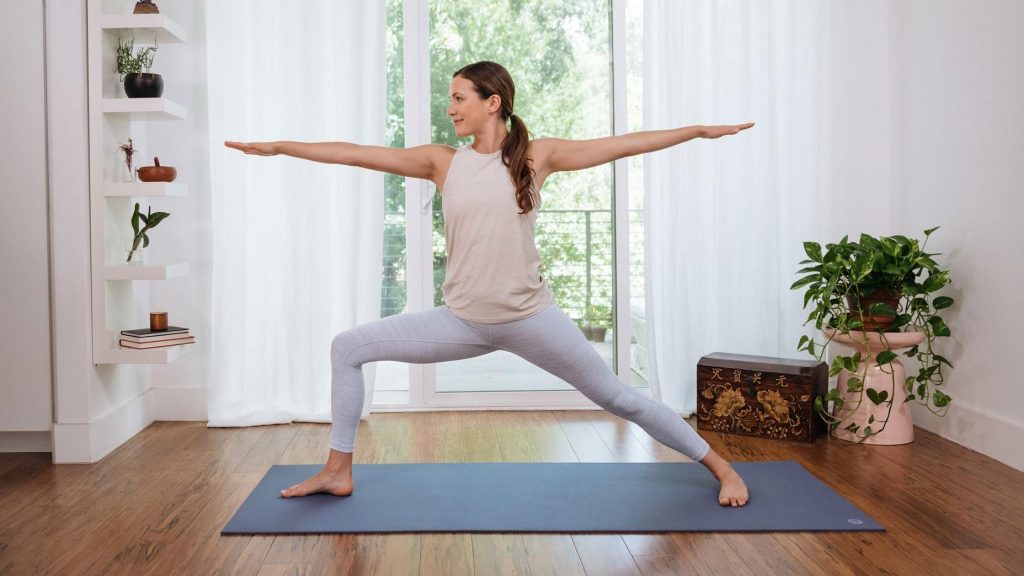
And also, practicing yoga may help with the following conditions:
- Anxiety
- Back pain
- Depression
Who Should use Caution
Yoga is generally safe for most people. But you may need to modify poses or avoid some yoga poses if you:
- Are pregnant
- Have high blood pressure
- Have glaucoma
- Have sciatica
If you have any of these above conditions or any other health problem or injury then make sure to tell your yoga instructor. A qualified yoga teacher should be able to help you find poses that are safe for you.
Types of Yoga
There are many different types of yoga. They range from mild to more intense. Some of the more popular styles of yoga are:
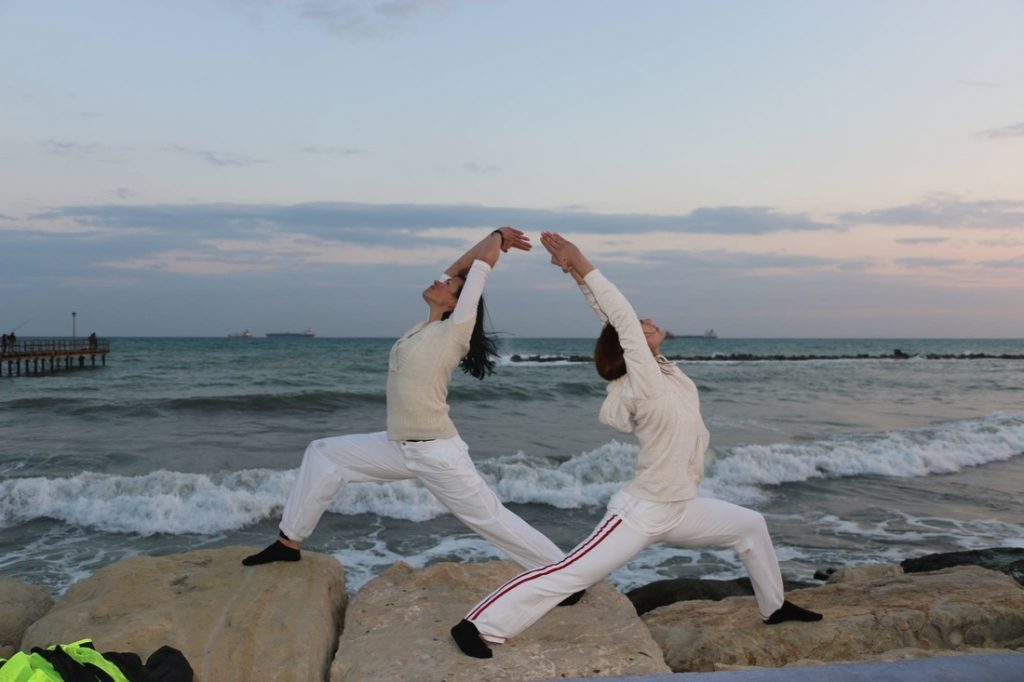
Ashtanga or power yoga: – This type of yoga offers a more demanding workout. In these yoga classes, you quickly move from one posture to another.
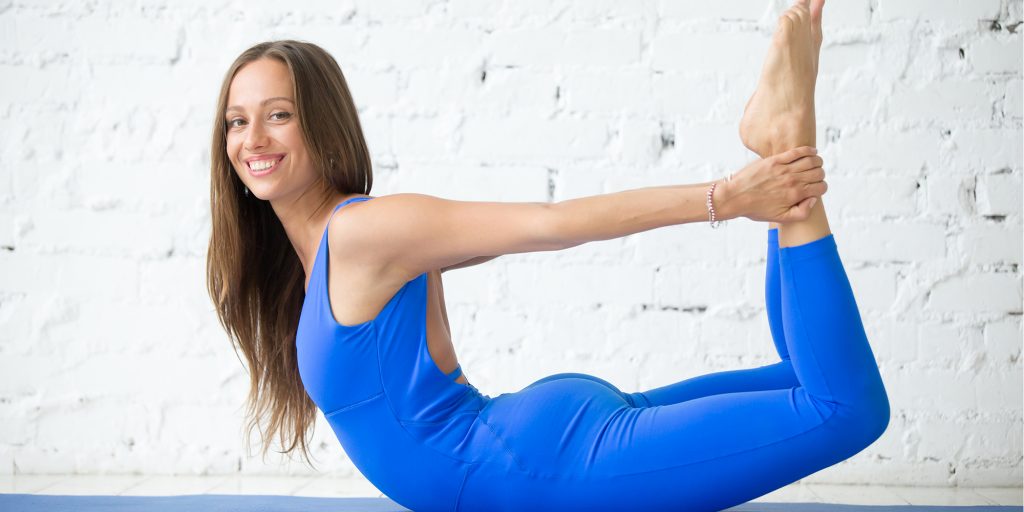
Bikram or hot yoga: – You do a series of 26 poses in a room heated to 95°F to 100°F (35°C to 37.8°C). The goal is to tendons and ligaments, stretch and warm the muscles, and to purify the body through sweat.
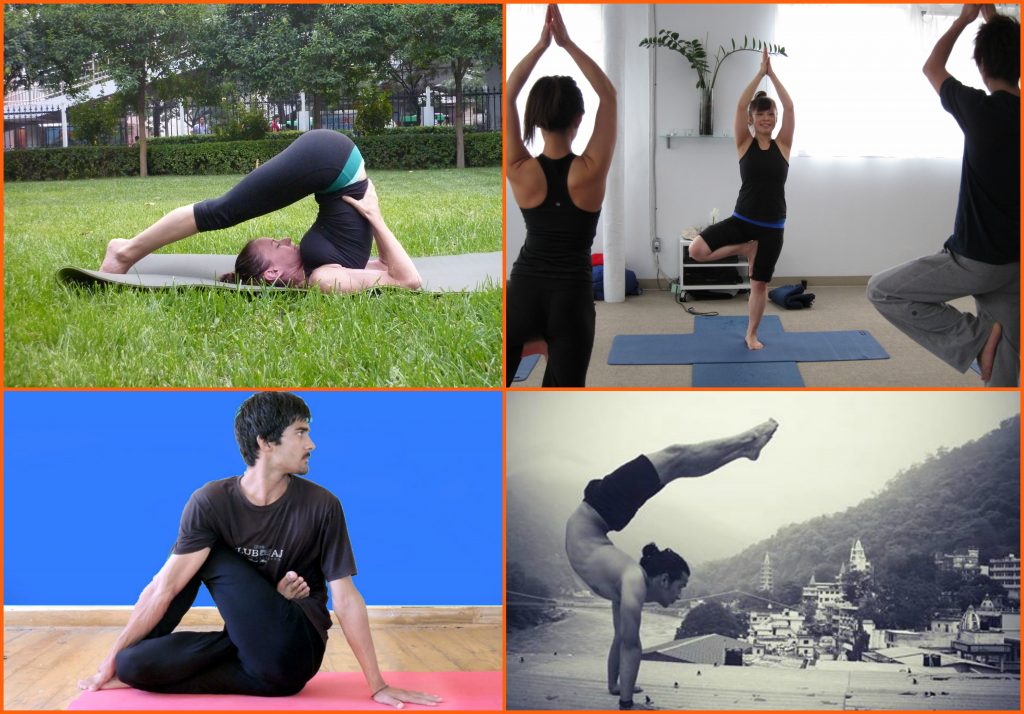
Hatha yoga: – This is sometimes a general term for yoga. It most often includes both breathing and postures.
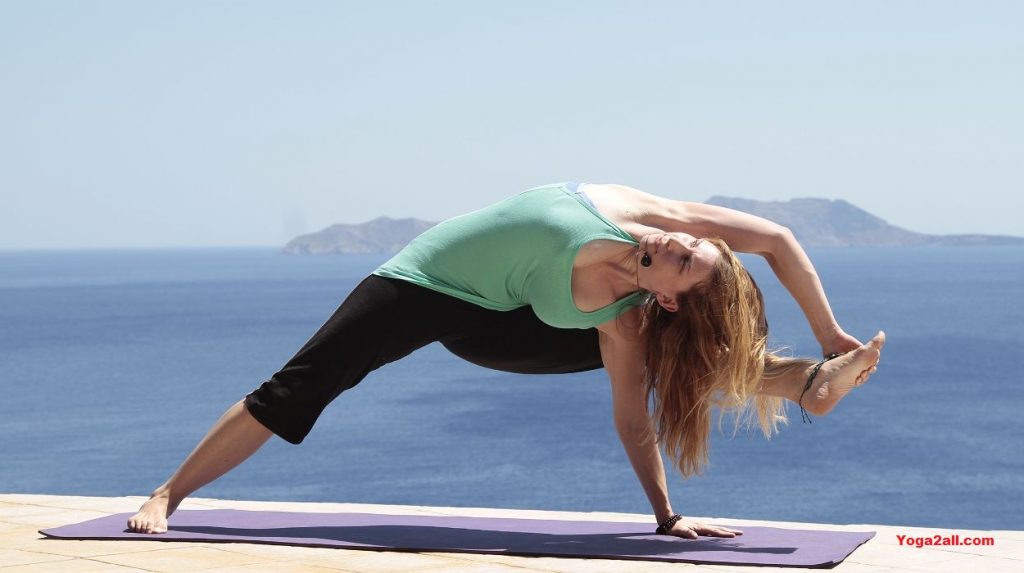
Integral yoga: – A gentle type of yoga that may include chanting, breathing exercises, and meditation.

Iyengar yoga: – In this type of yoga that places great attention to the precise alignment of the body. You may also hold poses for long periods of time.

Kundalini yoga: – In this type of yoga give special importance to the effects of breath on the postures. The goal of this yoga is to free energy in the lower body so it can move upward.

Viniyoga: – This type of yoga modifies postures to each person’s needs and abilities, and coordinates breath and postures.

How to get Started Yoga first time
Look for yoga classes at your nearer local gym, health center, or yoga studio. If you are started first time, start with a beginner class. Talk with the instructor before the class and tell them about any injuries or health conditions you may have.
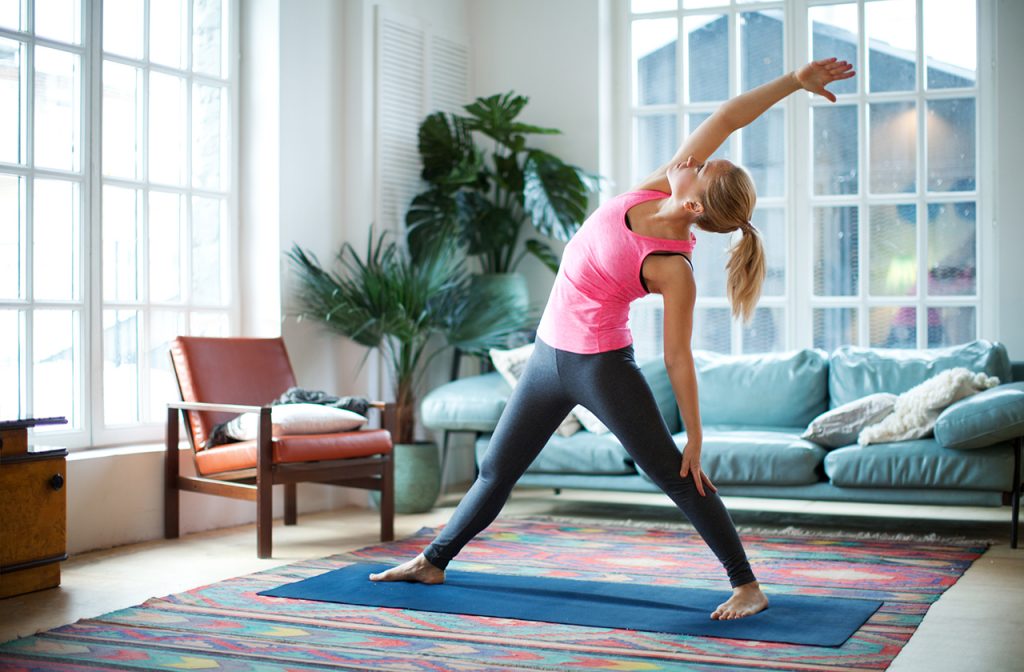
You may want to ask about the instructor’s training and experience. However, there are no certified yoga training programs, while most instructors have had some formal training. You have chosen best yoga instructor with comfortable and suitable place.
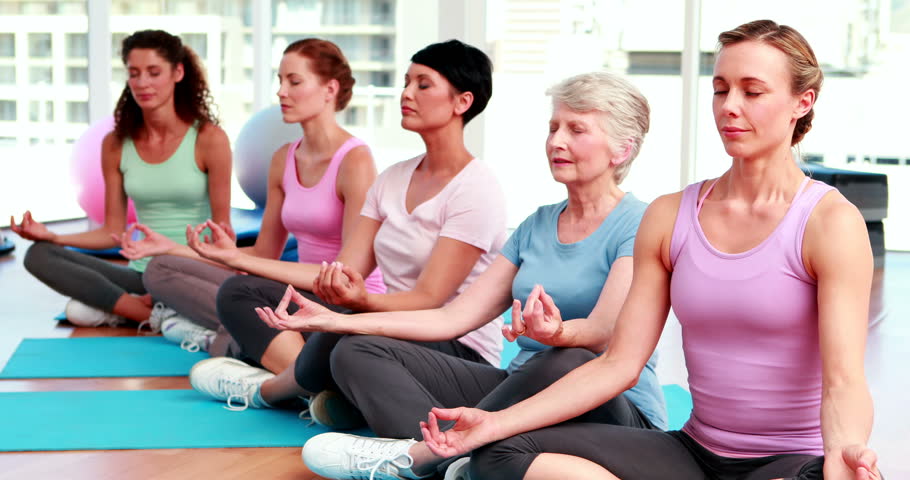
What to Expect
Most of the yoga classes last from 45 to 90 minutes or 1 hour also. All types of yoga include three basic components:

- Breathing. Concentrating on your breath is an important part of yoga. Your teacher may suggest instruction on breathing exercising during the class.
- Poses. Yoga postures are a series of movements that help boost flexibility, strength, and balance.
- Meditation. Meditation is an important part of yoga. It also ends with a short period of meditation. This quiets the mind and helps you relax.

How to Prevent Injury
Yoga is generally safe of all people, but in some condition, you can still get hurt if you do a pose incorrectly or push yourself too far. Here are some basic tips to stay safe during doing yoga.
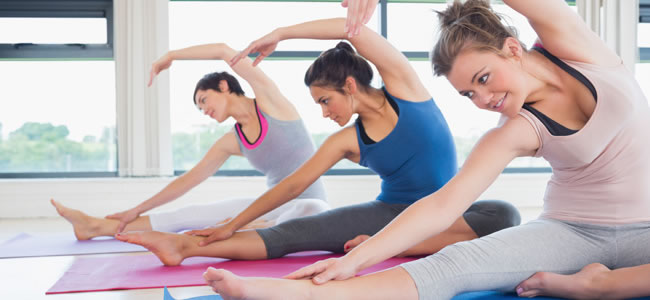
- If you have a health problem, talk with your health care provider before starting yoga. Ask if there are any poses you should avoid.
- Learn the basics information and Start slowly before pushing yourself too far.
- Choose a perfect class that is proper for your level. If you are not sure, ask the teacher.
- DO NOT push yourself far away your comfort level. If you cannot comfortable with any pose, ask your teacher to help you modify it.
- Ask questions to your instructors if you are not sure how to do a pose.
- Bring along a water bottle and drink plenty of water. This is mostly important in hot yoga.
- Wear proper clothing during yoga that allows you to move freely.
- Listen to your body. If you feel fatigue or pain, stop and rest.














11 Comments
Comments are closed.